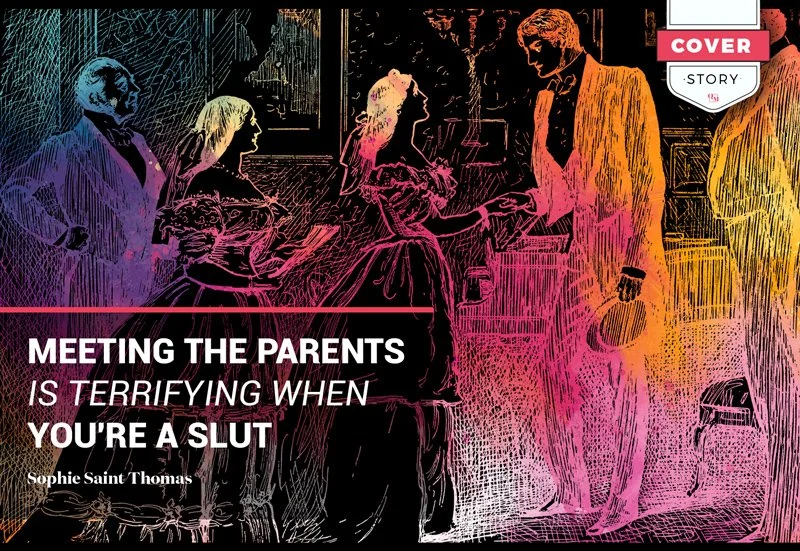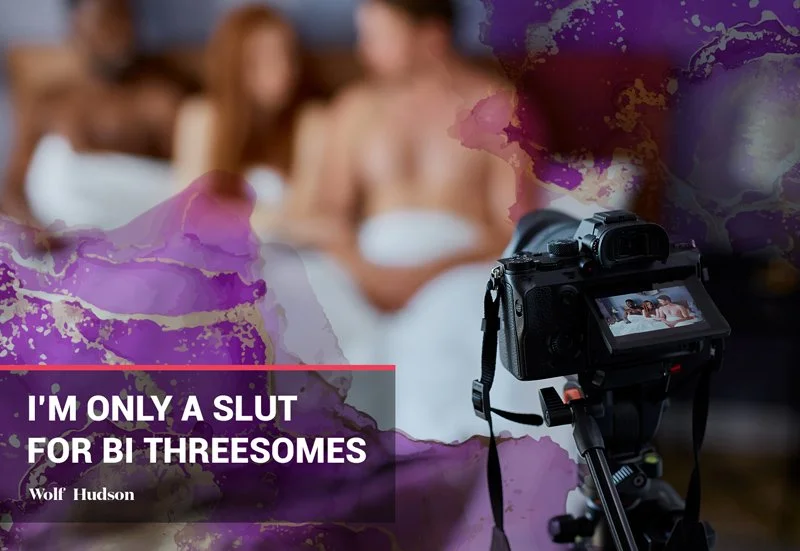Patruni's Story
I was born to Telugu-speaking parents in West Bengal, India, in a family of artists passionate about Indian classical music. However, when I became a professional dancer in my youth, I was the only male in town to do so. People hoped it was just a phase, but when I persisted, it raised eyebrows. Some thought I must be gay or genderqueer. Neighbors approached my father asking him to put a stop to my dancing because it would destroy my masculinity.
What introduced me to dance was Bharatnatyam, an Indian classical dance form. I went on to pursue other styles like Odissi and Kuchipudi as well, but I came to find them limiting. Indian classical dance is considered sacred; its motions and postures explicit embodiments of the divine, so it has a rigid way of presenting beauty. Western ballet is a little different, with romanticized themes, but it can often have a rigidity of its own. In protest of that rigidity and worries over the artistic stagnation of ballet, artists in Central Europe developed expressionist dance in the early 1900s. I, myself, through the Japanese dance form Butoh, introduced expressionism into the Indian context. I brought the vocabulary of Indian classical dance into a contemporary frame, drawing inspiration from my surroundings to touch on taboo subjects. In other words, I created a global, multicultural, cross-pollination form of dance and expression.
Many years have passed, but I’m still dancing. I now live in Hyderabad, India, where I’ve worked as a business consultant for seven years. When I started dancing here on the side, I became intrigued by drag but realized that there was no local drag scene. While I was keen on introducing it to Hyderabad, I was not particularly interested in performing drag myself. But every potential dancer I approached turned down my proposal saying, “If you don’t want to perform it, how can you expect anyone else to?” So, I started doing drag myself and fell in love with it. I’m drawn to depicting the human body as genderless, and drag has been a wonderful outlet for that impulse.
Sensing the tremendous potential for its evolution as an art form, I adopted tranimal drag, which had already existed in Los Angeles, into the Indian context, to align with my vision. Tranimal is an alternative style of drag, where materials at hand are used to create an alienated aesthetic, often resulting in trashy, grotesque faces that seem to ask society “Why don’t you want to look at me?”
With how rewarding an experience this had been, I wanted to give back to the drag community, but I didn’t know how. Since there were no resources dedicated to Indian drag, I created Dragvanti, which hosts a directory of Indian drag artists, information on the different Indian drag styles, and details about workshops, events, and important conversations related to the community. You might call it a one-stop-shop for the Indian drag scene, and it’s been celebrated in drag circles ever since.
Still, the raised eyebrows from my youth, as the lone male dancer in my town, have followed me ever since. In my experience, people struggle to understand art outside of the narrow lens of heteronormativity, and this close-mindedness goes hand in hand with stigma. When I first went professional, notice boards at many local dance schools read “No male dancers allowed.” This is the kind of attitude that needs to change. If I could send a single message to the world, it would be this: Art is about opening minds and stimulating thought. And artists must have the space and creative freedom to explore the most personal of all artistic mediums — the human body.
For more about Patruni, follow them on Instagram.
Artist Notes
“An egg is shown emanating from Patruni’s forehead, which in turn is breaking open to free a butterfly. This is a visual metaphor for overcoming adversity in order to make his mark in the art field. The tree next to him represents ‘Dragvanti’, which has given a voice and space to many drag artists.”
Published Apr 19, 2022
Updated Sep 3, 2024













